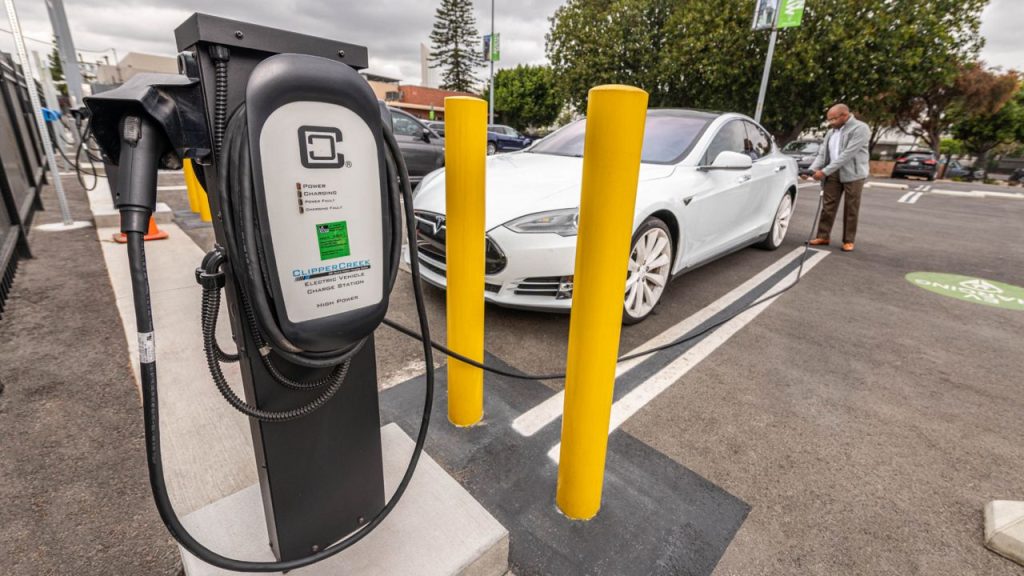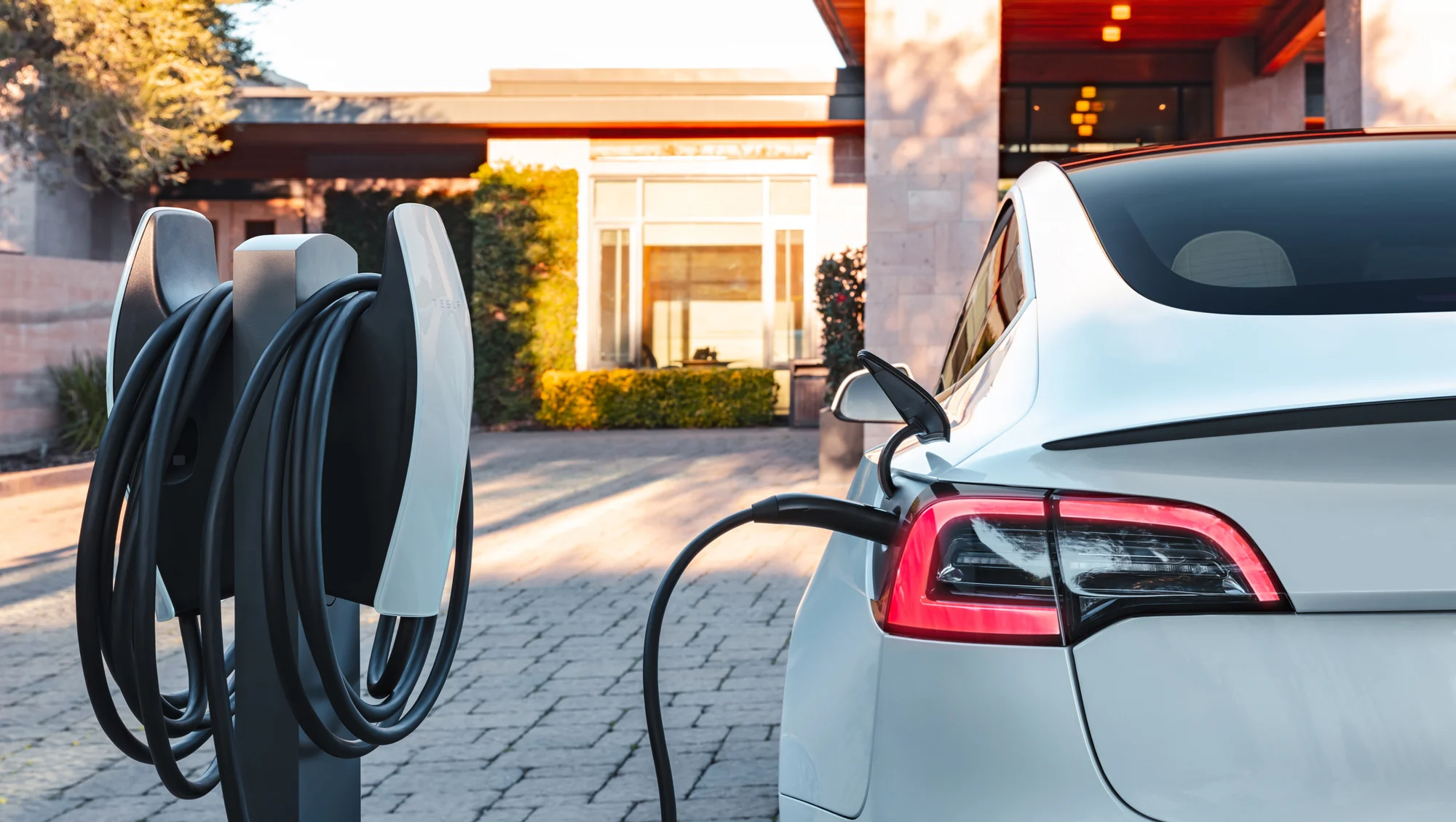Electric vehicles (EVs) are becoming increasingly visible on American roads. According to data from Kelley Blue Book, over one million EVs were sold in the U.S. last year—the first time sales have reached this milestone in a single year.
With new EV tax incentives for consumers and continued federal investment in charging infrastructure, 2024 is poised to be another record-breaking year for EV adoption.
As EV sales gain momentum, charging challenges threaten to hinder widespread adoption. A lack of accessible, reliable, and user-friendly EV chargers continues to fuel range anxiety, deterring potential buyers.
A recent AAA report found that 56% of respondents identified the lack of reliable charging stations as their primary concern when considering an EV. The data is clear—enhancing the EV charging experience is crucial to widespread adoption.
The Challenges of First-Generation Chargers
When early EV chargers were introduced, the primary objective was deploying as many as possible. Consequently, reliability, ease of use, and discoverability took a back seat.
With the initial wave of adoption behind us and the North American Charging Standard (NACS) now established, next-generation chargers incorporate advanced technology and new requirements that put driver experience at the forefront.
Enhancing Usability: A Seamless Charging Experience
A superior charging experience is essential for greater EV adoption. Traditional chargers require users to navigate apps, create accounts, and pay preauthorization fees before charging.
Next-gen charging solutions prioritize a seamless, user-friendly experience by offering a pay-as-you-go model without requiring a preauthorization hold, app download, or separate provider account.
By mirroring the hassle-free experience of fueling a traditional vehicle, consumer confidence in EVs will rise, encouraging broader adoption.
A frictionless charging process will save drivers time and enhance trust in EV technology.

Ensuring Accessibility and Interoperability
A truly accessible EV charging network is necessary for widespread adoption. Closed charging networks are outdated. Unlike first-generation chargers that required fobs, apps, or cards, next-gen EV chargers must be universally compatible with all EV models, allowing drivers to charge anywhere, anytime, without restrictions.
Additionally, increasing the availability of EV charging stations at multi-unit dwellings (MUDs) is essential. Data from Avison Young shows that the U.S. is constructing more multi-unit housing than ever before, while single-family home construction is declining.
Installing charging stations at MUDs will accelerate EV adoption, boost property values, and make rental units more appealing to tenants.
Improving Discoverability
The variety of EV models and drivers continues to expand, yet concerns over charging availability remain a barrier to adoption.
In 2023, the non-Tesla share of all electric vehicle registrations rose to 42.6%. However, charging stations must be easily locatable to alleviate range anxiety and encourage EV ownership.
Raising Reliability Standards
A major issue with current EV charging infrastructure is reliability. Drivers frequently encounter broken chargers upon arrival. A UC Berkeley study found that EV chargers fail between 20% and 30% of the time. If drivers lack confidence in charger reliability, they are less likely to switch to EVs.
Integrating real-time monitoring with next-gen charging networks can help detect and address outages immediately. Enhanced visibility into charger status will minimize issues and bolster consumer trust in EV infrastructure.
To further address reliability concerns, next-gen EV charging technology should adhere to OpenADR Alliance certification for direct demand response with major electricity providers.
The OpenADR Alliance, a coalition of automakers, EV infrastructure companies, and utility providers, was established to standardize and automate Demand Response (DR) and Distributed Energy Resources (DER). These efforts will strengthen charger reliability and mitigate range anxiety.
Additionally, the industry should prioritize the installation of lower-power EV chargers that use machine learning-based balancing. Automatically adjusting charging output based on electricity load fluctuations will help maintain grid stability and improve charger reliability.
Accelerating the EV Revolution
While EVs have yet to become the dominant vehicle type on American roads, sustained efforts at both state and federal levels, along with significant private investment, make the transition to EVs inevitable.
As adoption accelerates, industry stakeholders must collaborate to ensure that next-generation EV chargers emphasize accessibility, discoverability, interoperability, and reliability. Addressing these key areas is critical to establishing an equitable, efficient EV charging network across the U.S.

